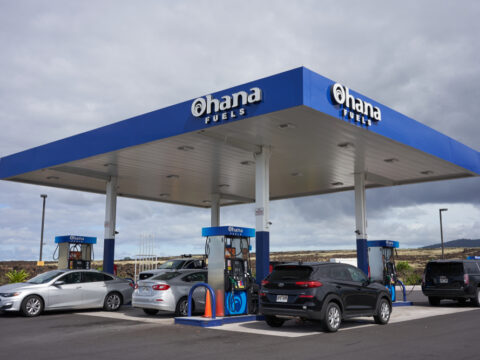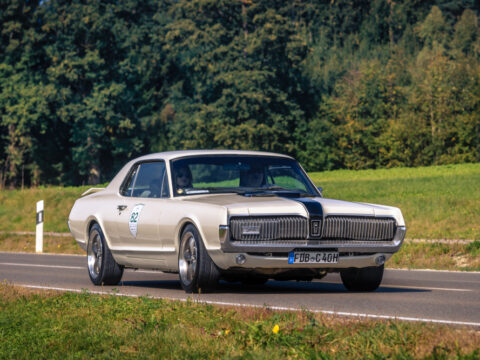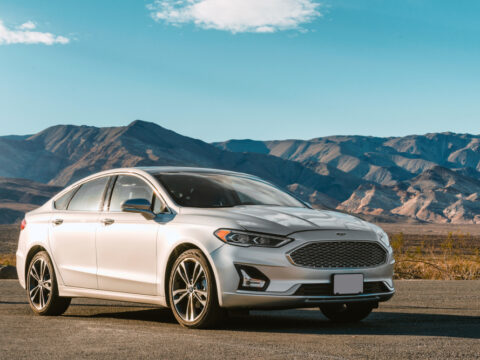Owning an imported car can be exciting, but maintaining one in the U.S. often comes with its own set of challenges. From scarce parts to unfamiliar mechanics, keeping these unique vehicles on the road can be a daunting task. Here’s a look at 19 imported cars that are especially difficult to maintain in the U.S. and why they require extra effort to keep running smoothly.
Contents
Peugeot 508
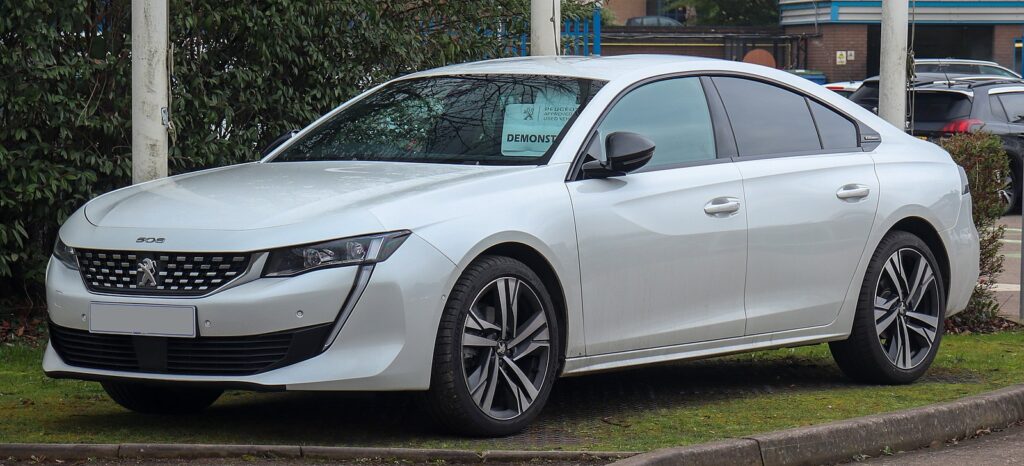
The Peugeot 508 stands out with its sleek, modern design, but owning one in the U.S. presents a unique set of challenges. Since Peugeot left the American market in the early 1990s, parts and service availability are extremely limited. Mechanics unfamiliar with French engineering often struggle with repairs. On top of that, sourcing genuine replacement parts often requires costly international shipping, adding to the inconvenience.
Renault Clio
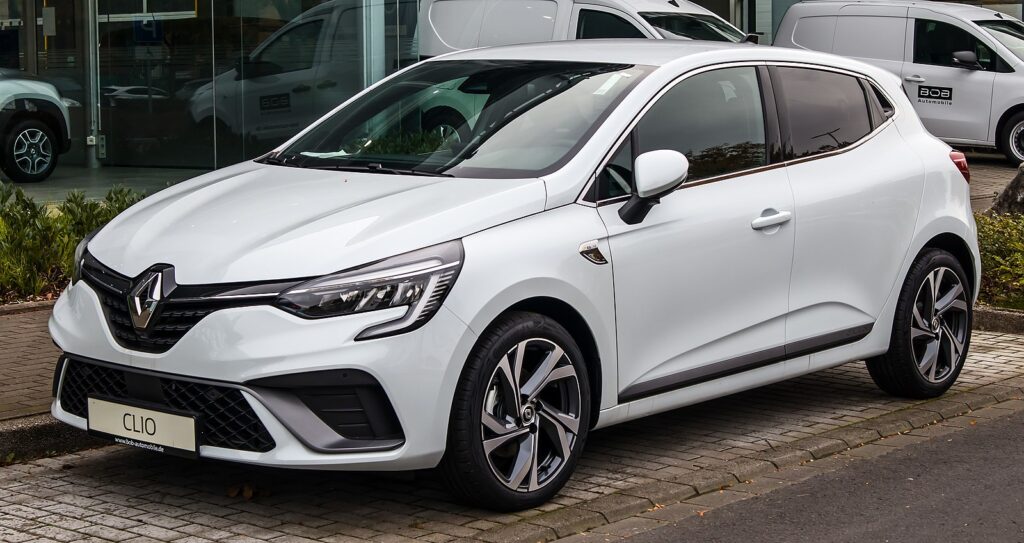
The Renault Clio, while a beloved compact car in Europe, is difficult to maintain stateside. Renault hasn’t had an official presence in the U.S. since the late 1980s, making parts nearly impossible to find domestically. U.S. mechanics, generally unfamiliar with French automotive systems, may have trouble working on it. Consequently, owners often resort to expensive overseas shipping to acquire necessary components.
Citroën DS
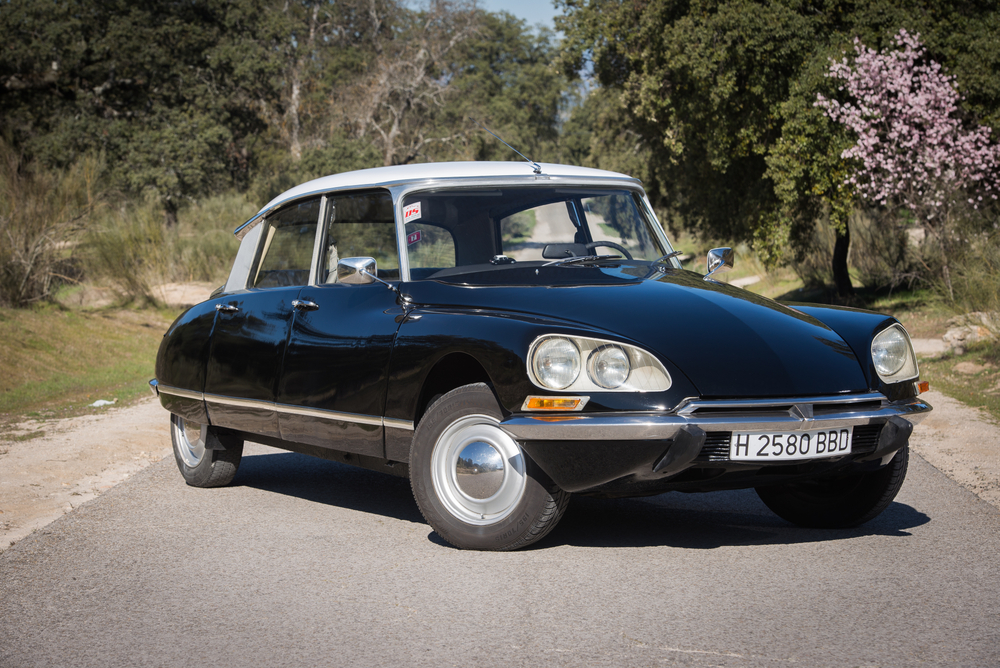
Known for its revolutionary design, the Citroën DS is a car that turns heads, but maintaining one in the U.S. is a different story. The DS’s hydropneumatic suspension, once cutting-edge, requires specialized knowledge few mechanics in the U.S. possess. Citroën’s exit from the U.S. market means parts are rare and costly to import. Owners often face long wait times for repairs, adding to the complexity of upkeep.
Lancia Delta Integrale
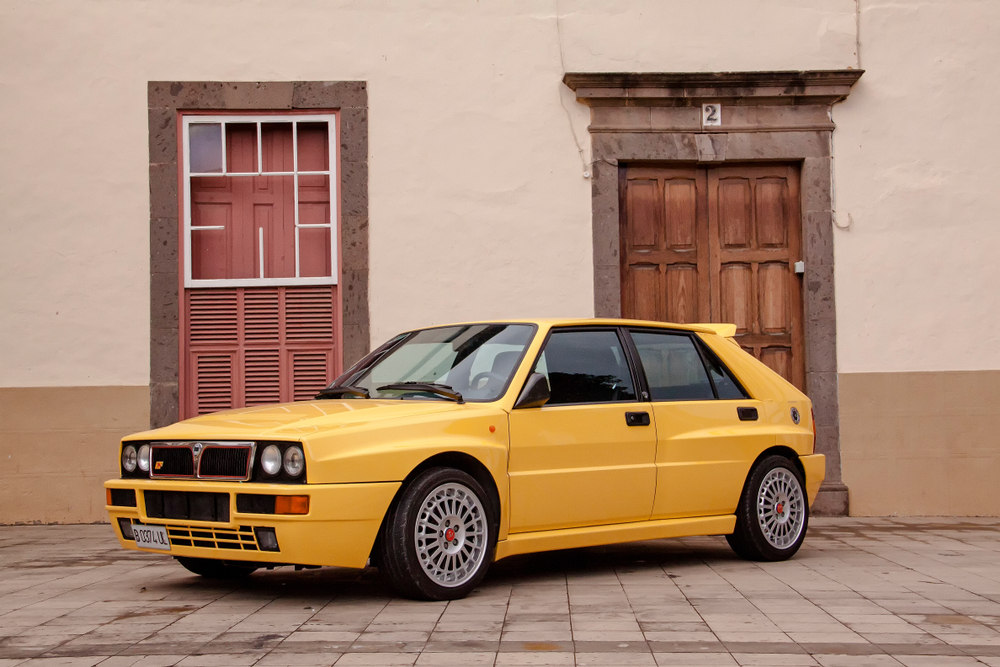
The Lancia Delta Integrale is a rally legend, but its reputation for high maintenance makes it tough to own in the U.S. Lancia has been absent from American shores for decades, meaning parts and expertise are extremely limited. Its turbocharged engine and advanced all-wheel-drive system demand regular attention, which many U.S. mechanics aren’t equipped to handle.
Nissan Skyline (R34)

The Nissan Skyline R34 is a dream car for many, but keeping one on the road in the U.S. is no small feat. Since the R34 was never officially sold here, parts must be sourced from Japan or through specialty dealers. The Skyline’s RB26DETT engine is complex and requires a level of expertise that many American mechanics lack.
Fiat Multipla

The Fiat Multipla is known for its quirky design, but maintaining one in the U.S. can be a logistical nightmare. Fiat has had an inconsistent presence in the American market, and older models like the Multipla suffer from a lack of available parts. Electrical issues, which the Multipla is prone to, require specialized knowledge.
Alfa Romeo 166
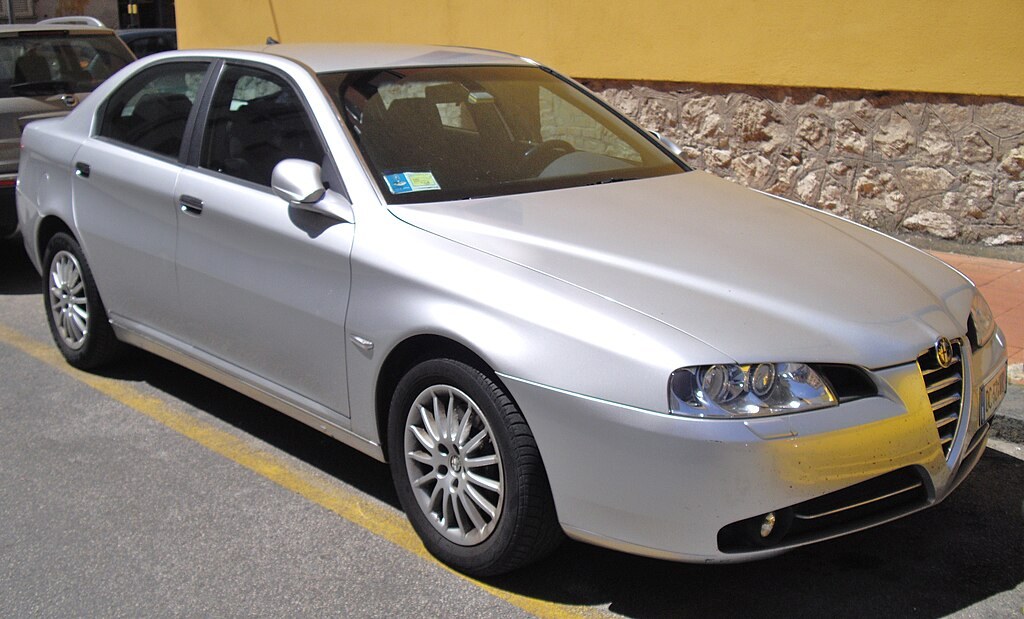
Alfa Romeo’s 166 sedan is a rare sight in the U.S., and for good reason—it’s notoriously difficult to maintain. Although Alfa Romeo has recently re-entered the American market, parts for older models like the 166 are still hard to come by. Its complicated electronics and temperamental engine often need specialized care that most mechanics in the U.S. aren’t trained for. This makes sourcing parts from Europe an expensive but necessary solution for many owners.
Mitsubishi Pajero
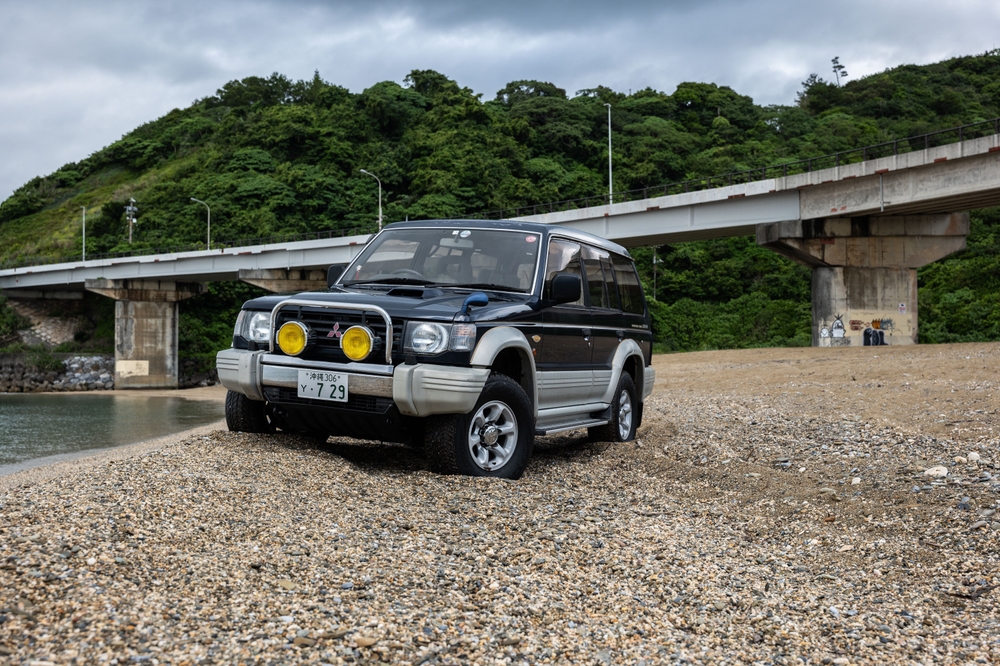
The Mitsubishi Pajero, despite its rugged off-road capabilities, is a difficult vehicle to maintain in the U.S. market. While similar to the Montero, the Pajero’s unique parts often need to be imported. Mitsubishi has scaled back its offerings in the U.S., making replacement components increasingly difficult to find. Diesel versions, in particular, pose extra challenges, as diesel mechanics are less common here.
Rover Mini Cooper
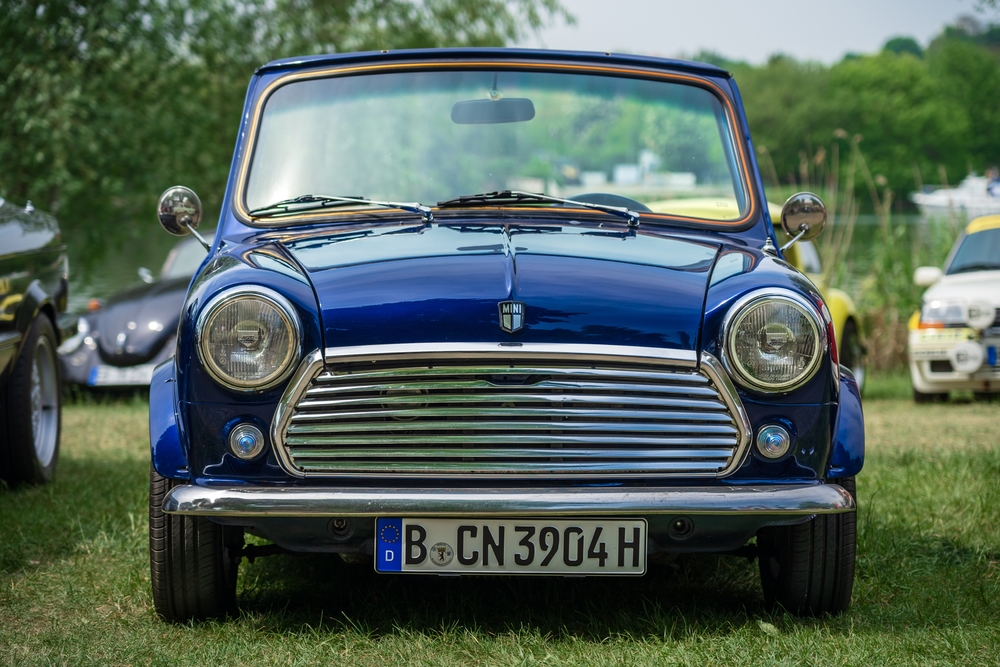
The classic Rover Mini Cooper remains an icon, but its charm comes with maintenance headaches for U.S. owners. Rover pulled out of the U.S. market decades ago, making parts for these vintage Minis hard to come by. The car’s compact design and unique engineering require a mechanic familiar with British cars, which can be hard to find stateside. Many owners end up importing parts from overseas, adding to the overall cost of maintenance.
Holden Commodore
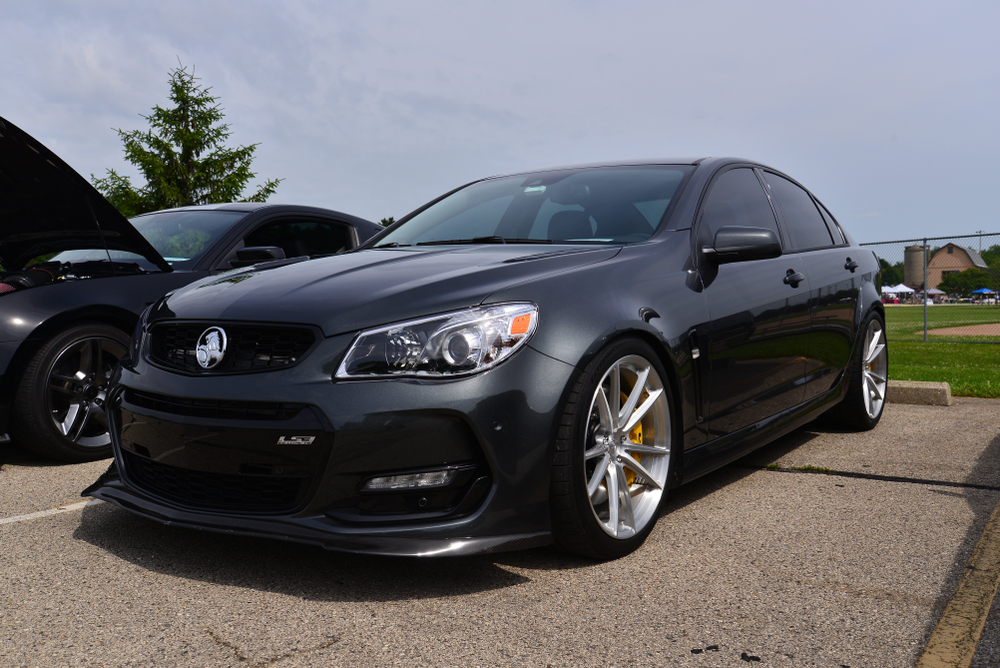
The Holden Commodore, though sold briefly in the U.S. as the Pontiac G8, has become challenging to maintain after Holden’s brand shutdown. Parts for Holden vehicles are increasingly rare, especially in the U.S., where they were never sold under their own badge. The Commodore’s large V8 engine demands specialized expertise, which most mechanics in the U.S. lack. Obtaining replacement parts typically involves importing from Australia, driving up the cost.
Toyota Soarer
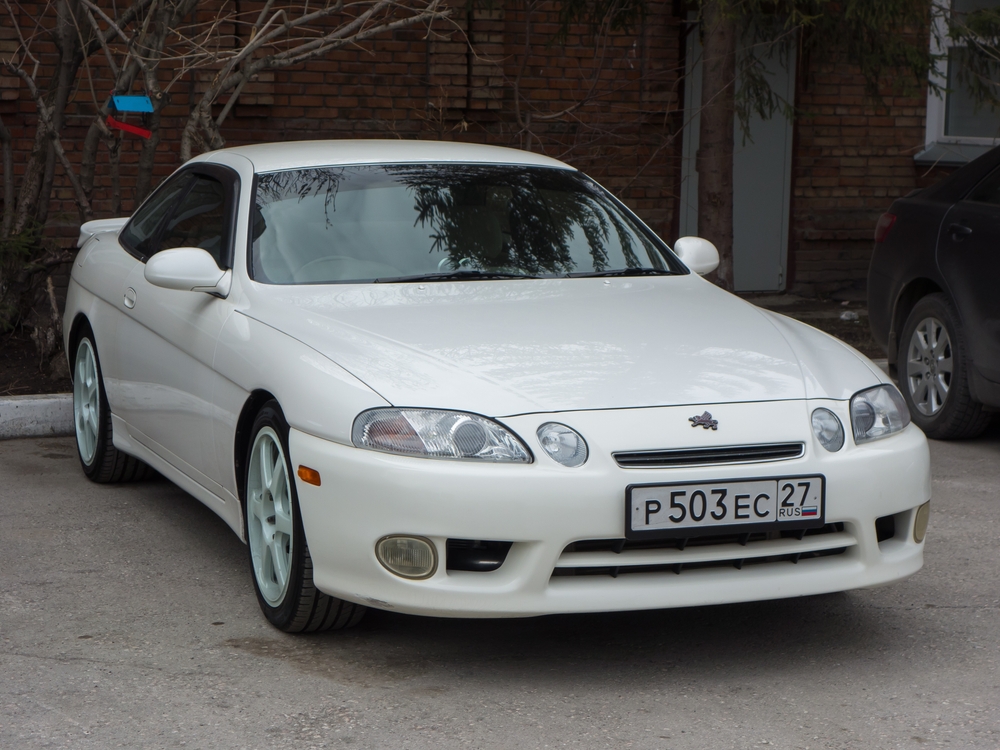
The Toyota Soarer is a luxury car that shares many similarities with the Lexus SC, but maintaining one in the U.S. poses challenges. Soarer models are often imported under the 25-year rule, meaning parts must be sourced directly from Japan. While some mechanics familiar with Lexus might be able to assist, the Soarer’s unique engine and features require more specialized attention. This often results in high repair bills and difficulty finding the right parts.
Mazda Autozam AZ-1
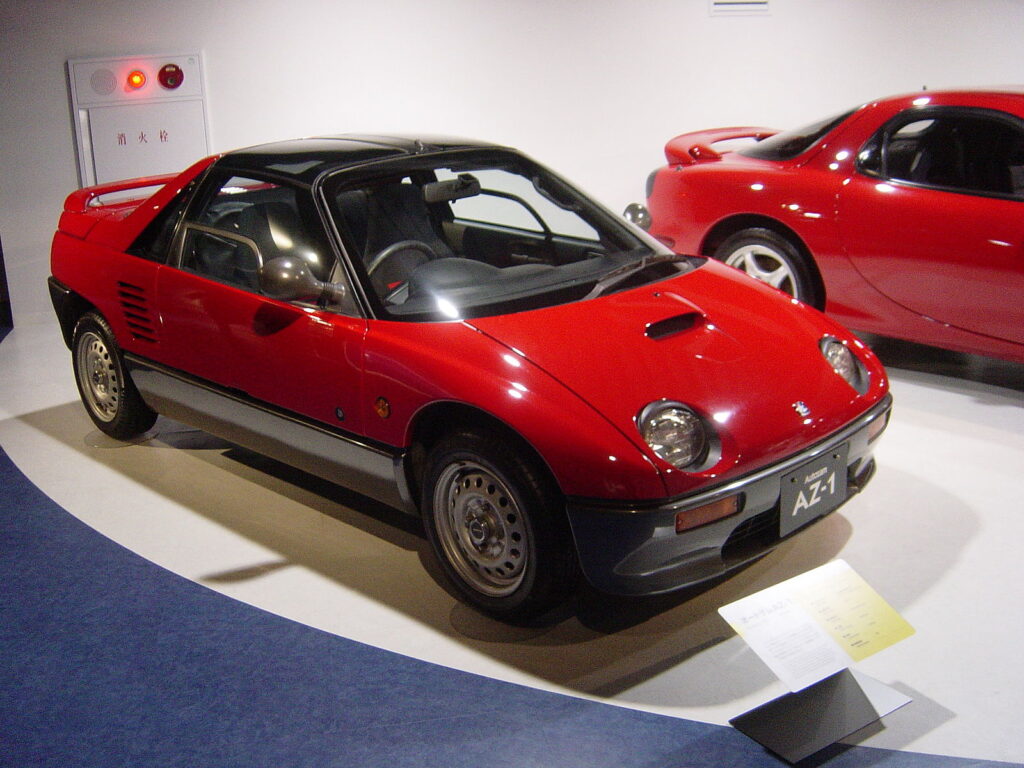
The Mazda Autozam AZ-1 is a rare kei car that draws attention wherever it goes, but keeping it running in the U.S. can be an uphill battle. Kei cars were designed for the Japanese domestic market, so parts and service are difficult to find in America. The AZ-1’s turbocharged engine and compact size demand regular upkeep, and few U.S. mechanics have the necessary experience. Owners often face expensive repairs and long waits for parts.
Renault Alpine A110

The Alpine A110, a lightweight sports car that delivers an exhilarating drive, is difficult to maintain in the U.S. due to Renault’s long absence from the market. Parts for the A110 are scarce, and its mid-engine layout requires specialized expertise. Even routine maintenance can become complicated, with most mechanics unfamiliar with its unique design. Owners typically have to import parts from Europe, which adds significant costs and delays.
Daihatsu Rocky
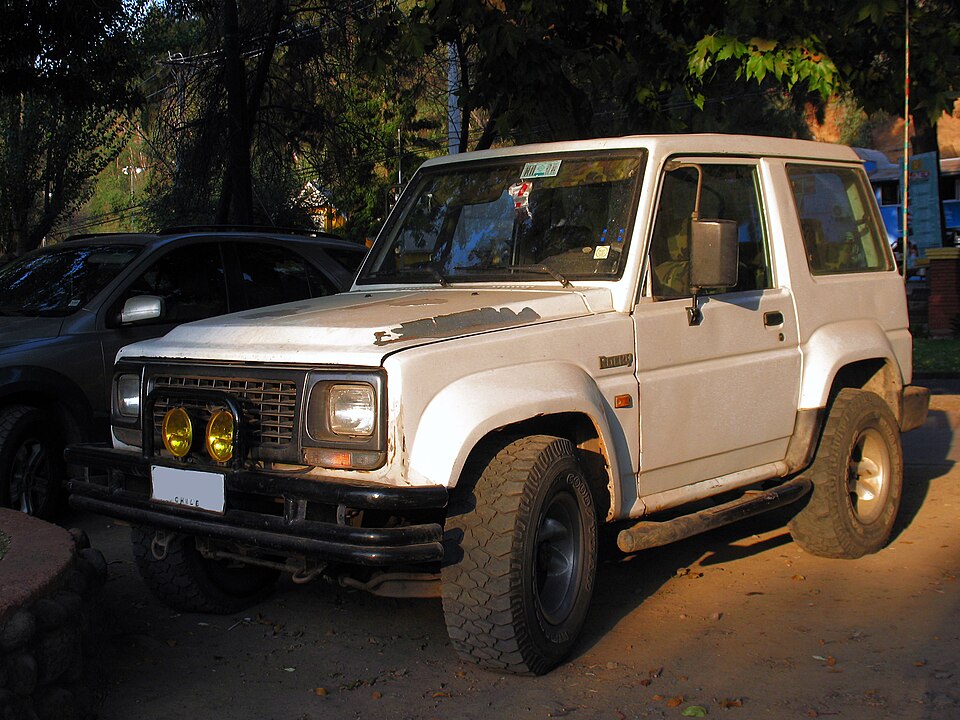
The Daihatsu Rocky is a capable little SUV, but maintaining one in the U.S. is complicated by Daihatsu’s withdrawal from the market. Replacement parts are hard to find, and most mechanics are unfamiliar with the brand. To keep the Rocky running, owners often need to order parts directly from Japan. This process can be both costly and time-consuming, especially for an SUV designed for reliability.
Suzuki Cappuccino
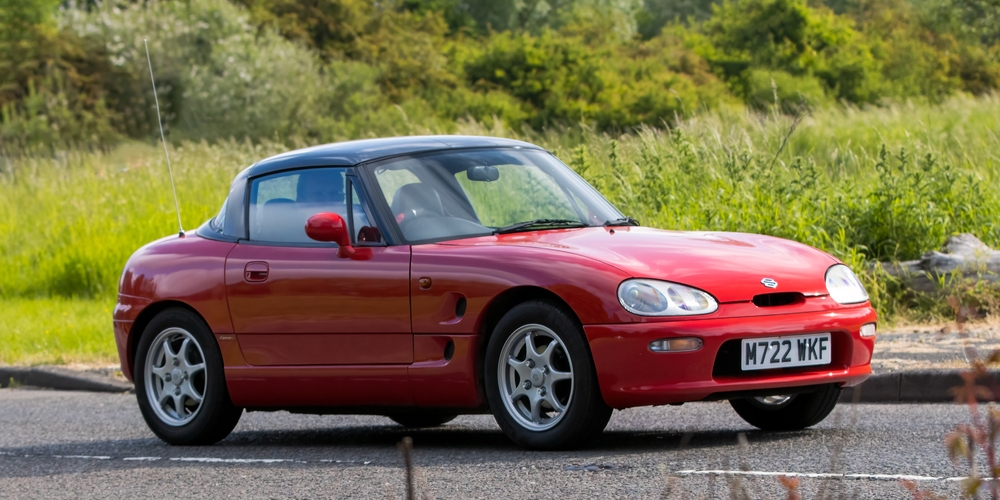
The Suzuki Cappuccino, a pint-sized convertible beloved by car enthusiasts, is a challenge to keep in shape in the U.S. since it’s a kei car designed for Japan. Its turbocharged engine needs frequent maintenance, and parts are hard to source locally. U.S. mechanics unfamiliar with kei cars often struggle to diagnose and repair issues. The result is a high cost of ownership and frequent waits for imported parts.
Opel Omega
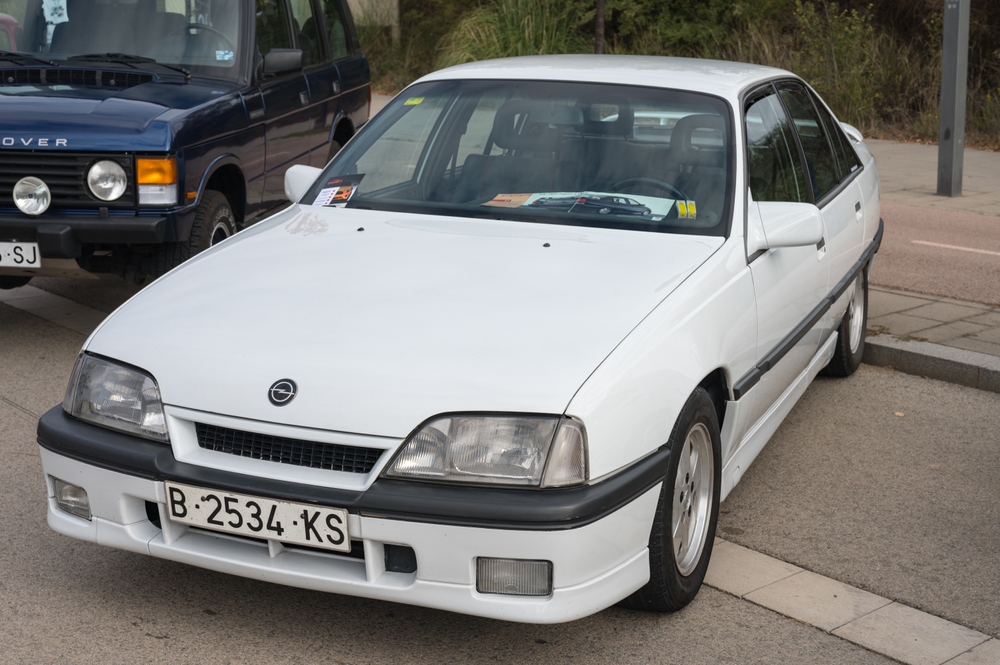
The Opel Omega was once sold in the U.S. as the Cadillac Catera, but maintaining the original European version is a challenge. Parts for the Omega are increasingly difficult to find, and its complex systems demand expert attention. Since Opel no longer operates in the U.S., most mechanics lack the experience needed to service it. Owners often rely on European suppliers for replacement components, which drives up costs.
Honda Beat
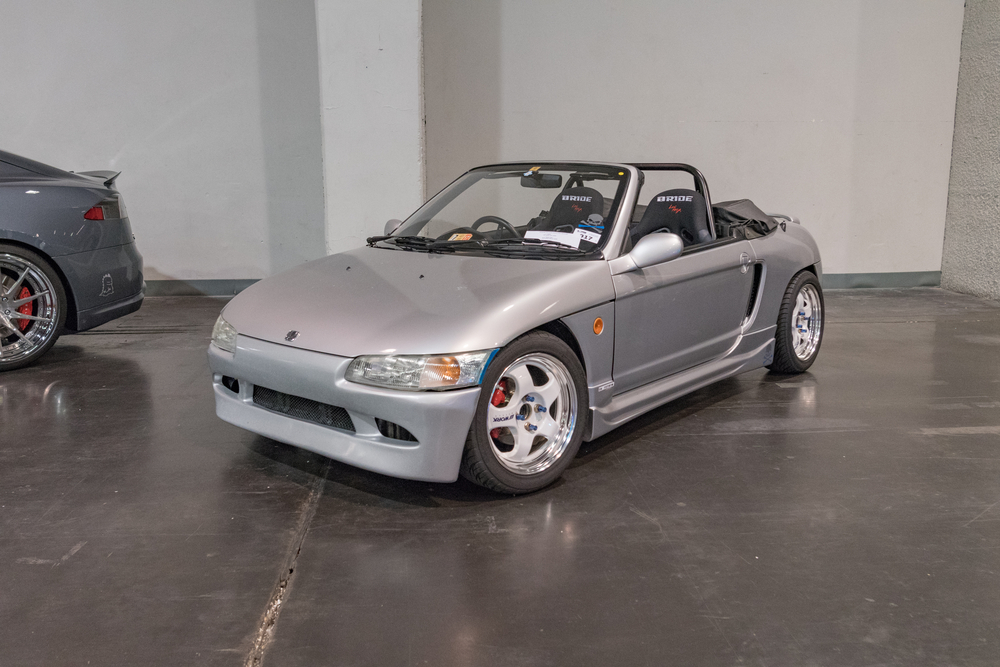
The Honda Beat, a kei car with a fun-to-drive personality, presents several maintenance issues for U.S. owners. Kei cars were never intended for export to the U.S., so finding parts can be a hassle. The Beat’s mid-engine layout requires specialized knowledge, and many mechanics are unfamiliar with its compact design. Sourcing parts from Japan is almost always necessary, adding extra cost and difficulty to ownership.
Fiat Barchetta
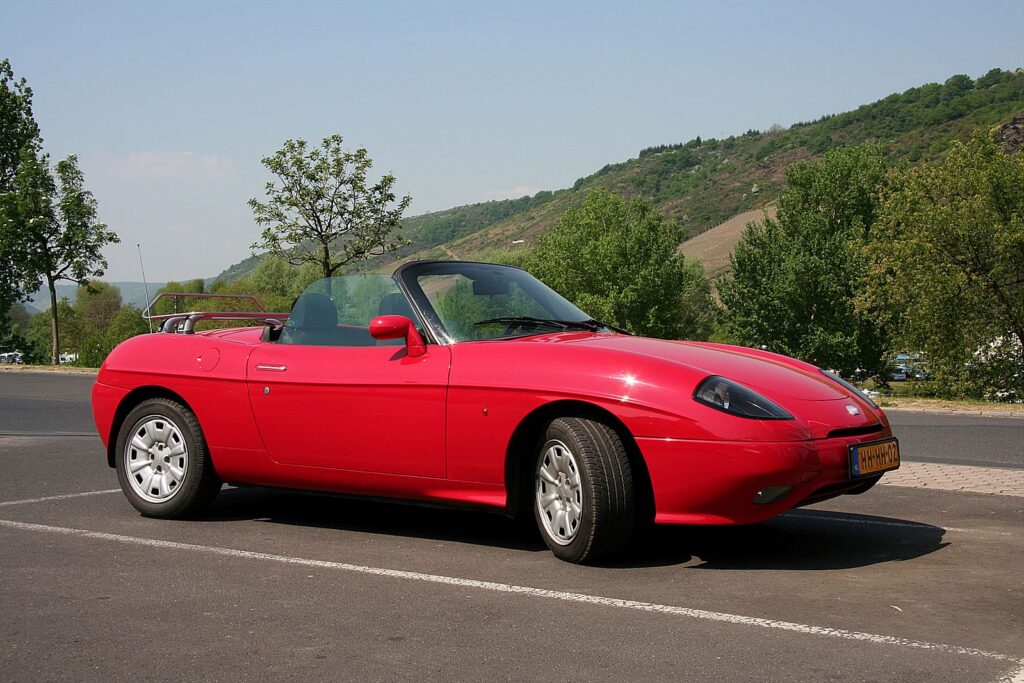
The Fiat Barchetta is a stylish Italian roadster, but owning one in the U.S. can be a struggle due to Fiat’s limited presence. Parts for the Barchetta, particularly for its unique body panels and engine components, are hard to come by in America. Most U.S. mechanics aren’t familiar with the car’s systems, which complicates repairs. As a result, importing parts from Europe is often the only solution.
Subaru Leone
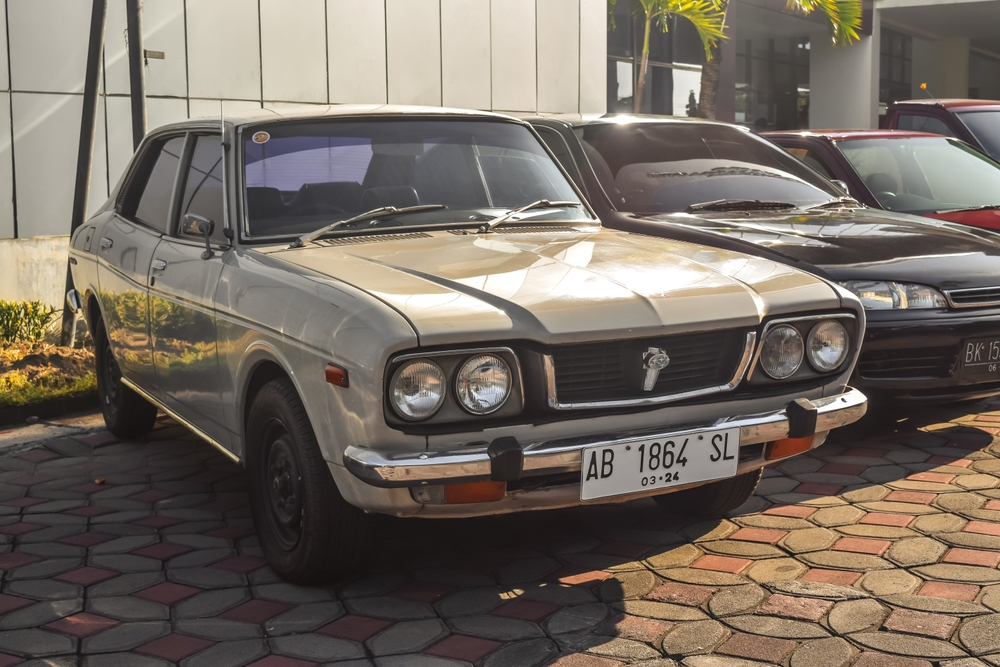
The Subaru Leone, a predecessor to the Legacy, is hard to maintain in the U.S. due to its age and scarcity. Replacement parts for older Subaru models are becoming increasingly difficult to locate. Mechanics unfamiliar with older 4WD systems may struggle with repairs, requiring specialized attention. Importing parts from Japan adds additional cost, making the Leone a challenge to keep running.
This article originally appeared in MyCarMakesNoise.
More from MyCarMakesNoise
20 Hidden Ways Electric Cars Contribute to Air Pollution

Electric cars are often praised for their environmental benefits, but they also have a hidden environmental impact. From battery production to electricity generation, there are several ways electric cars contribute to air pollution. Read More.
10 ATVs That Redefine Speed and Adventure
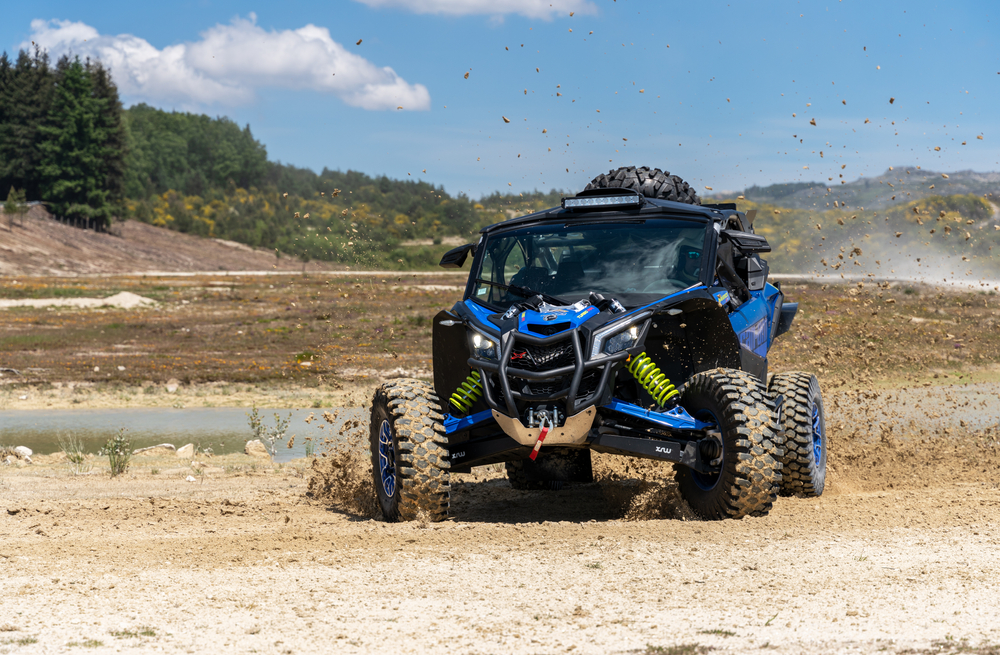
If you’re seeking the thrill of high-speed off-roading, these ATVs are built to deliver. In this list, we’ve gathered 10 models that not only push the limits of speed but also offer the ultimate adventure experience. Read More.
11 High-Speed Electric Motorcycles You Need to Know
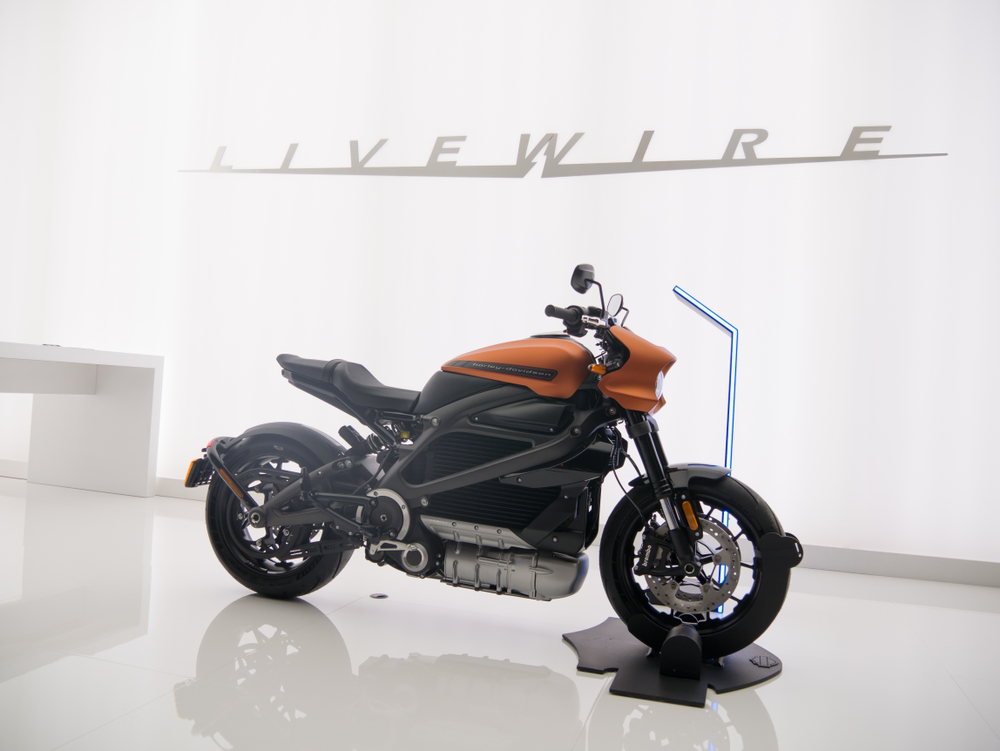
If you’re a speed enthusiast looking to embrace the future of motorcycling, electric bikes are leading the charge. These machines combine cutting-edge technology with serious power, offering thrilling rides without the roar of a traditional engine. Read More.


